Post-Tonsillectomy Hemorrhage: ReBaked Morsel
Pediatric EM Morsels
JULY 19, 2024
Since tonsillectomy is one of the most common pediatric surgeries in the US (~500,000 per year) and the rate of post-tonsillectomy hemorrhage is about 1-5% , it is a good idea that we all are familiar with how to manage this issue! 2021 Aug;147:110807. Epub 2021 Jun 24. 2021 Aug;147:110802. Epub 2021 Jun 12.

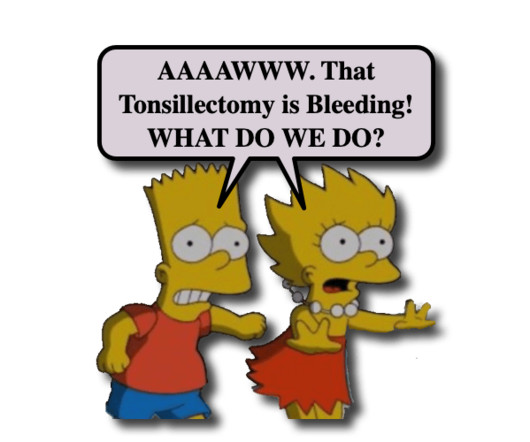
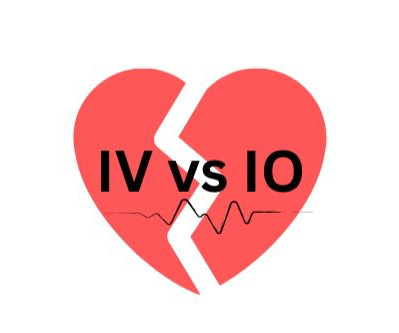

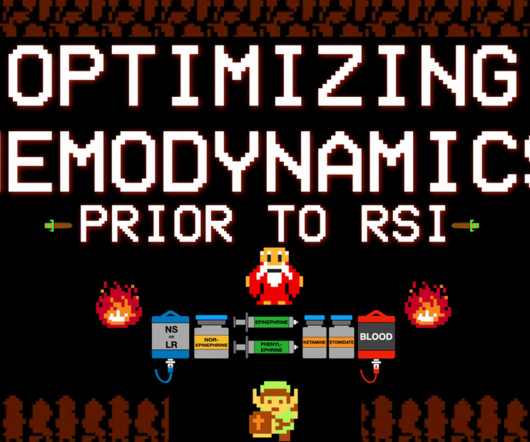
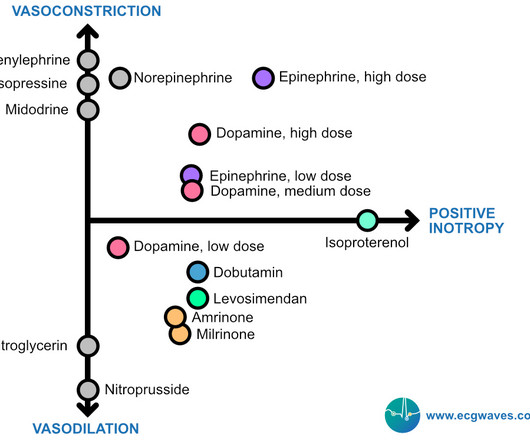

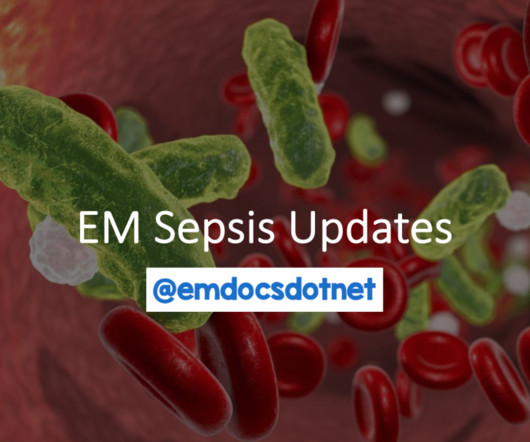






Let's personalize your content